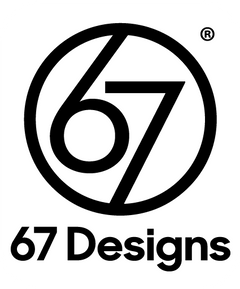So What is Made in U.S.A.?
When President Biden signed an executive order on Monday 25 January 2021 for more Federal dollars to be allocated to products made by American companies we thought that was great. We still do. But it started the age old question of 'so what is 'Made in America' exactly?'
Making it More Clear - and Challenging the Industry to Disclose
Our work on our 'Made in U.S.A. audit' is now ready for prime-time and starting today we are rolling out updated product listing so customers, prospective customers and agencies can see how we provide very qualified answers on material composition and the work we do as designers and manufacturers of products.
If we can do it, every producer of mounting systems should do it to stop the clear confusion in the market.
Build Information Rolling Out

The new Build Information will provide viewers of our site a breakdown by product of the percentage of materials sourced in the USA, Canada, Mexico, Asia and Europe. In addition we disclose the US manufacturing processes involved in the production of our products by our staff and local vendors. Here is an example for our Universal for Phones G2 holder. (Click here)
It's About the Network Effect
Did you know that for every US manufacturing job it has a network effect impacting 7 other manufacturing jobs? We see that in our own US supply-chain across toolmakers, aluminum extruders, anodizers, powder coaters, die casters, injection molding shops and many more. We have always declared and continue to make clear that we do get some low level components from Asia, but we are also very clear on employing Americans to make our products with support services from US vendors. For more information on this, please see this study by the Economics Policy Institute: Updated Employment Multipliers for the U.S. Economy.
The Challenge is Set
It's time for our competitors to tell the truth about their sourcing of finished goods. It's time they step forward and tell the truth on their websites.
Further, we as consumers should truly look beyond price and consider whether 'the same but cheaper' is not enabled by producers that violate human rights or child labor laws. This possibility and the dumping level pricing such factories provide are a matter for the U.S. Department of State that issued this Xinjiang Supply Chain Business Advisory.

